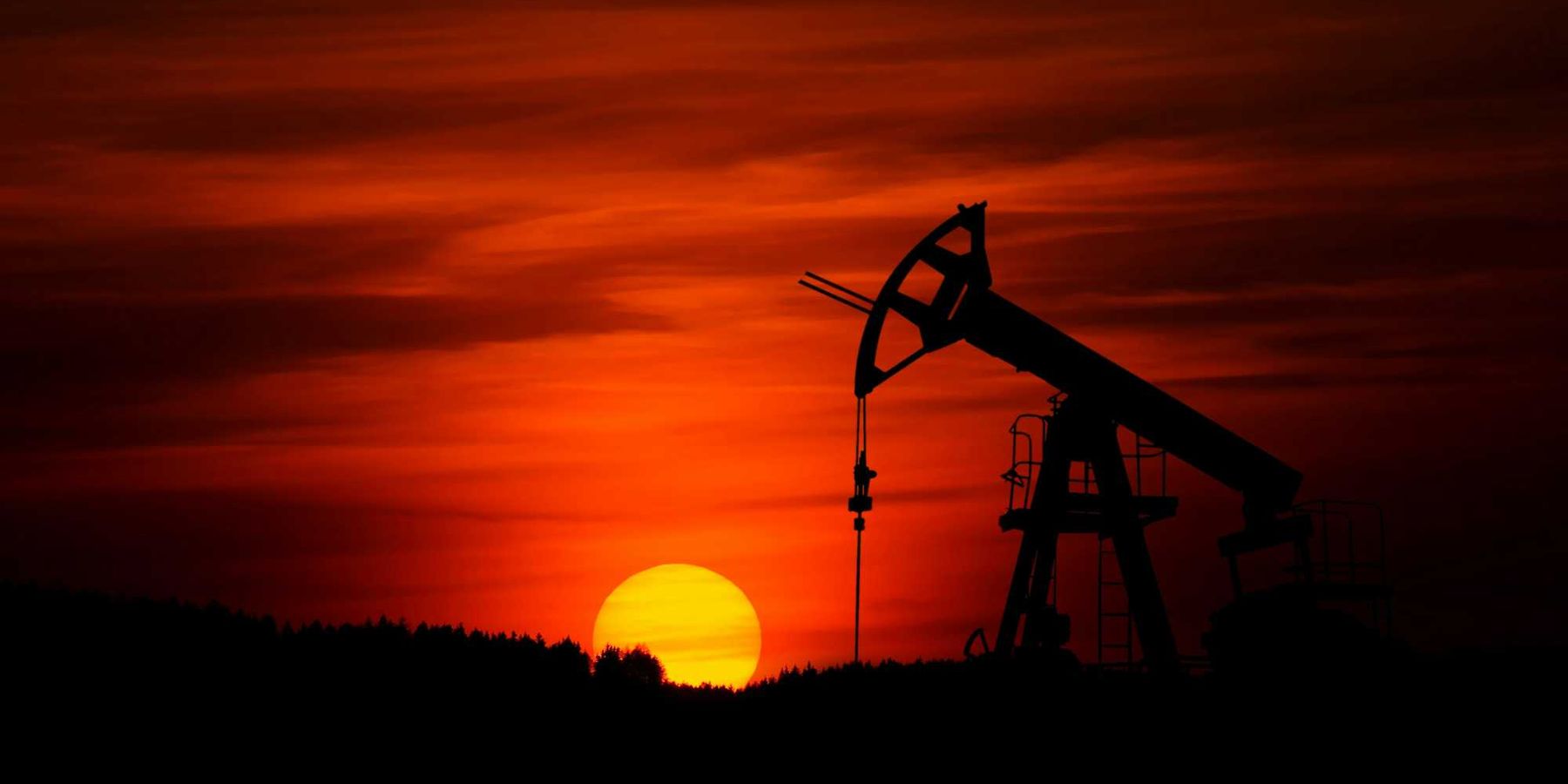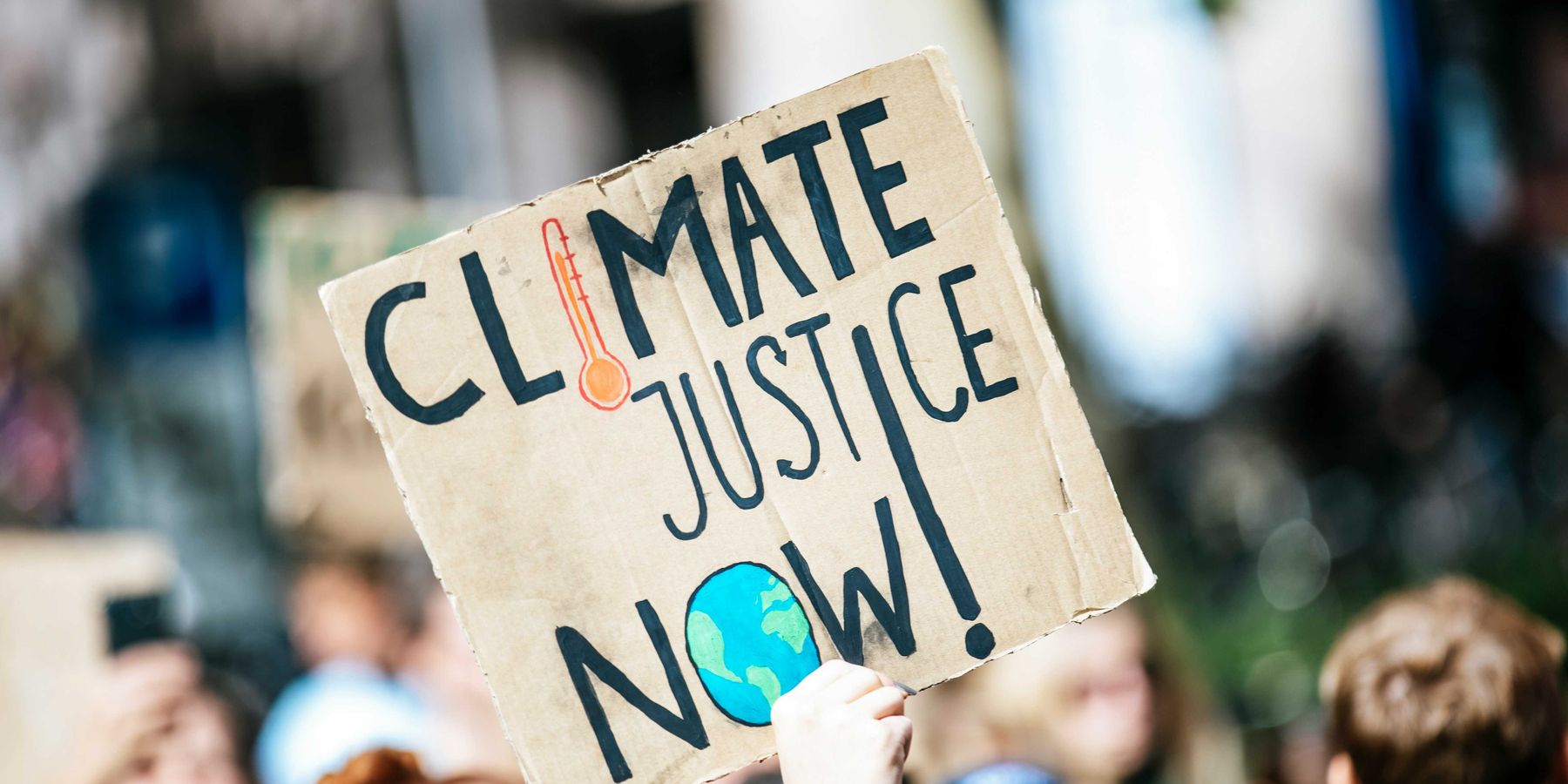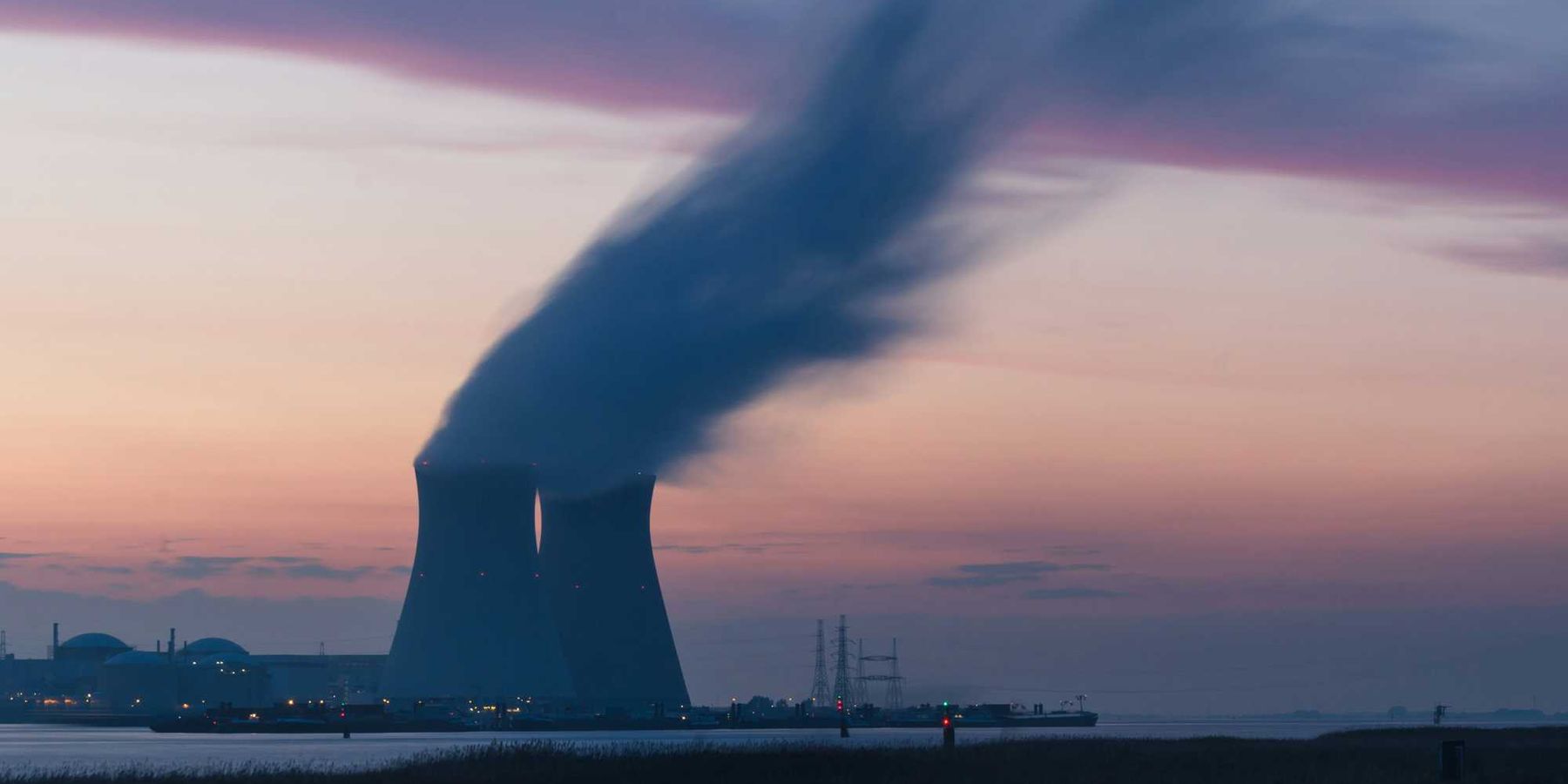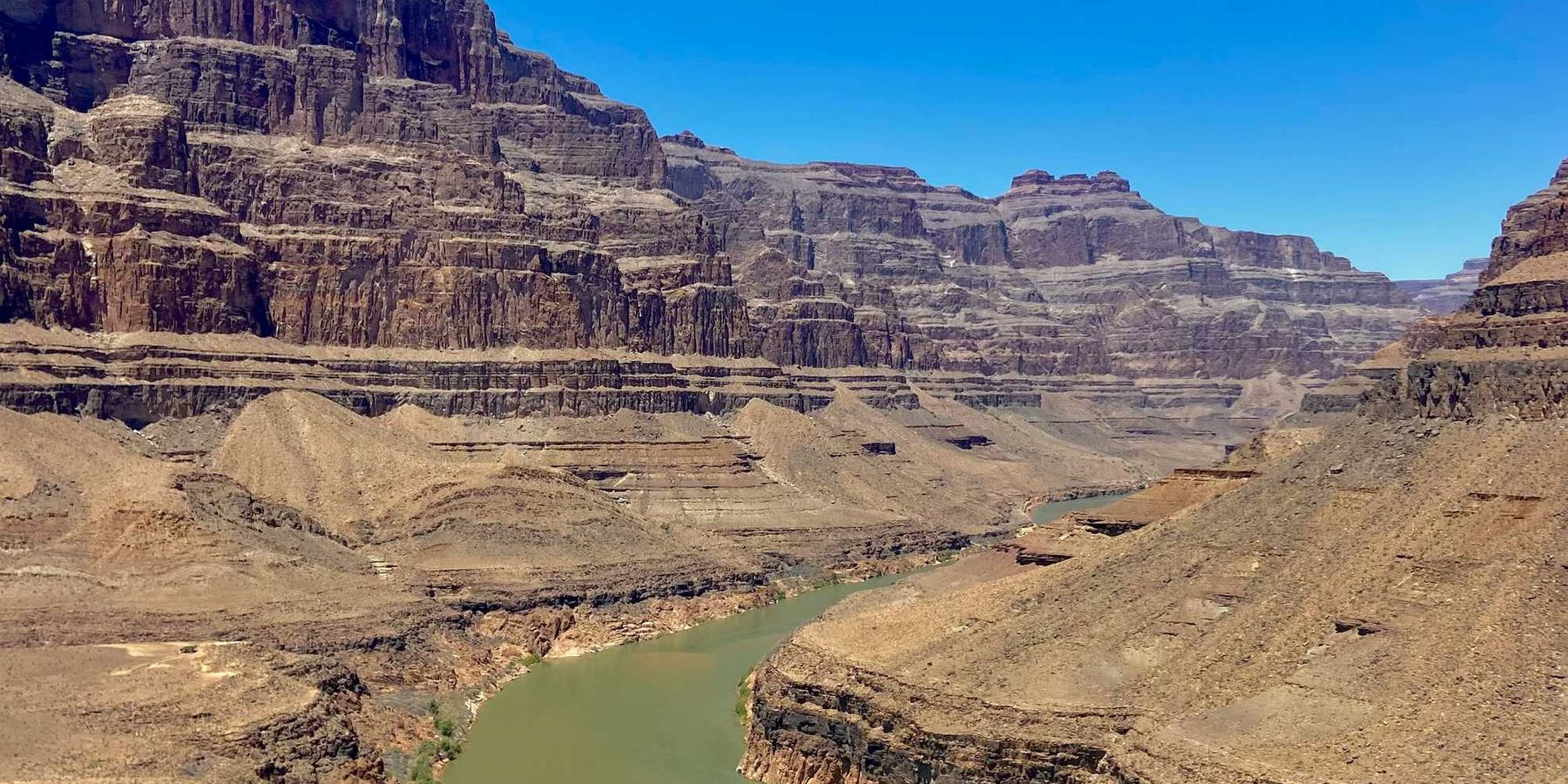02 August 2024
Dr. David Keith’s proposal to cool Earth sparks debate
David Keith suggests releasing sulfur dioxide into the atmosphere to lower global temperatures, igniting both interest and concern over the potential risks and benefits of geoengineering.
David Gelles reports for The New York Times.
In short:
- David Keith proposes using sulfur dioxide in the stratosphere to reduce global warming, drawing parallels to the cooling effect of the 1991 Mount Pinatubo eruption.
- Critics fear geoengineering could lead to unforeseen global consequences, such as altered weather patterns and health risks, and divert attention from reducing fossil fuel use.
- Keith acknowledges the risks but emphasizes the potential to save millions of lives by mitigating heat-related deaths.
Key quote:
“There are unintended consequences of powerful technologies like these, and we have no idea what they will be.”
— David Suzuki, Canadian environmentalist
Why this matters:
Geoengineering is increasingly discussed as a potential tool against climate change, but its deployment poses ethical and environmental challenges. While it might offer a temporary solution to rising temperatures, it may also introduce new risks and delay essential efforts to reduce carbon emissions.













